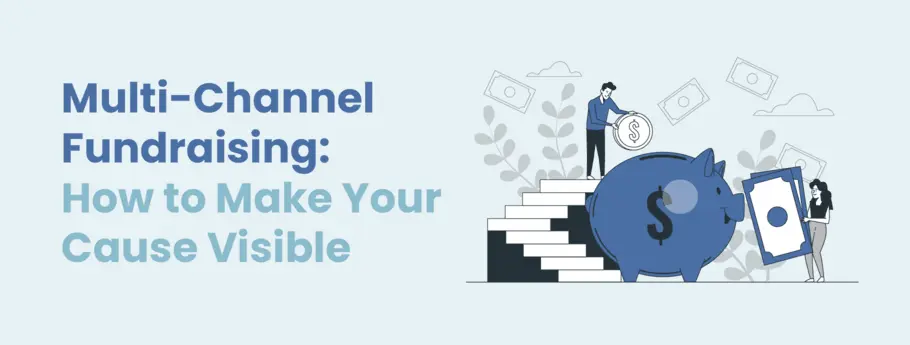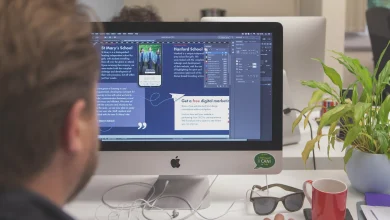Charities across the UK face the ongoing challenge of raising awareness and attracting support without the luxury of large marketing budgets. With pressure to maximise every pound and prove the value of each campaign, many organisations are exploring low-cost marketing channels that still offer real impact. The good news is that building a strong presence doesn’t always require costly advertising or complex campaigns—it’s about using the right channels creatively and consistently.
From community outreach to online engagement, a wide range of affordable options exist to help charities grow their supporter base, promote services and increase donations. Whether you’re a small local charity or a national cause with limited funds, the following marketing routes can help you gain valuable visibility without overstretching your budget.
Social Media Platforms: Free Exposure With Community Impact
One of the most effective and accessible tools for charity marketing is social media. Platforms like Facebook, Instagram, Twitter and LinkedIn allow charities to share stories, highlight impact and interact directly with supporters. With the right tone and content, even small teams can build engaged communities online and encourage shares that extend your reach far beyond your immediate followers.
Posting regularly with a mix of updates, videos, testimonials and event promotions helps keep your organisation in people’s minds. Free tools like Canva make it easy to create eye-catching graphics, and scheduled content can be managed through platforms like Buffer or Meta Business Suite. With no cost for setting up profiles and plenty of opportunity for organic growth, social media remains a central channel for charities of all sizes.
Local Partnerships and Community Involvement
Forging relationships with local businesses, councils, schools and community groups can open doors to shared promotion, in-kind support and word-of-mouth marketing. A local café might be happy to display a poster or hand out leaflets, while a school newsletter could feature your next fundraising event or call for volunteers.
By being active in the community—whether attending events, hosting workshops, or joining neighbourhood campaigns—your charity can become a familiar and trusted presence. The awareness generated through personal interaction often leads to long-term support, whether through donations, volunteering or advocacy. It also strengthens your charity’s ties with the people and places it serves.
Press Releases and Local Media Coverage
While national media coverage can be hard to come by, local newspapers, radio stations and community websites are often keen to feature good-news stories and local efforts. A well-written press release about an upcoming fundraiser, a service launch or a beneficiary’s success story can lead to free editorial coverage that reaches thousands of local readers and listeners.
Editors are usually looking for relevance, human interest and a timely angle—so tailor your stories accordingly. Be sure to include contact details, high-quality images and quotes from people involved. Building a good relationship with local journalists can also lead to future opportunities to share updates and raise your profile through follow-up features.
Google for Nonprofits and Search Ads Grants
Charities in the UK can apply for Google for Nonprofits, which includes access to a Google Ads Grant offering up to $10,000 USD (approx. £7,800) worth of in-kind advertising each month. This allows you to create search ads that appear in Google results when people look for related causes or services, helping you attract more visitors to your website and raise awareness online.
Although setting up and managing Google Ads can take some time to learn, there are many free tutorials and low-cost consultants who specialise in working with nonprofits. For charities that already have a website with clear calls to action, this grant can offer a powerful and ongoing source of online visibility with no financial investment.
Email Newsletters and Donor Updates
Email marketing continues to be one of the most reliable and cost-effective ways for charities to communicate with supporters. Platforms like Mailchimp and Sendinblue offer free tiers for smaller mailing lists, allowing charities to send out regular updates, fundraising appeals, event invitations and impact reports.
Because subscribers have already expressed interest in your charity, they’re more likely to engage with your messages. Keeping your communications short, consistent and personal can help you maintain a strong connection with your community and encourage repeat giving. It’s also an excellent way to recognise volunteers, thank donors, and highlight the real-world difference your supporters are making.
Printed Materials for Targeted Local Campaigns
While digital tools dominate, printed marketing still has its place—especially for targeting local audiences. Leaflets, posters and postcards can be distributed in community centres, GP surgeries, cafes and libraries, or delivered through letterboxes in selected neighbourhoods. These materials can be produced affordably through local printers or online services and can direct people to your website or social pages for more information.
Simple, well-designed leaflets highlighting your charity’s services, upcoming events or fundraising goals can make a lasting impression when placed in the right locations. If you’re working with limited print quantities, consider targeting areas with a known interest in your cause, such as where previous donors live or where your services are delivered most often.
Collaborating With Influencers and Ambassadors
Reaching out to local influencers, community figures or individuals with personal connections to your cause can create opportunities for collaboration and wider reach. These people don’t need to have thousands of followers—sometimes a well-respected local voice can have more influence than a larger national profile.
Inviting them to speak at an event, share your campaign on social media or get involved in a challenge can help increase visibility and build trust with new audiences. Often, people are happy to support a meaningful cause with a message they believe in, and it costs little more than a friendly approach and a clear outline of how they can help.
Making the Most of Volunteers and Word of Mouth
Volunteers are often the best ambassadors a charity can have. Encouraging your existing supporters to spread the word—whether online or in person—can extend your reach exponentially. Providing digital assets like graphics, posters or pre-written social media posts makes it easier for volunteers to share your message across their own networks.
Word of mouth remains one of the most powerful forms of marketing, particularly when it comes from someone with genuine passion for your work. By equipping your volunteers with the tools and confidence to act as advocates, you unlock a marketing channel that’s not only free but deeply effective.
Measuring What Works and Repeating It
Even with a limited budget, it’s important to track what’s working. Free tools like Google Analytics, social media insights and email engagement stats can help you see which campaigns are getting results and where your efforts are best focused. You don’t need complex data—just a basic understanding of what’s driving traffic, raising awareness or prompting action.
Once you know what works for your audience, you can repeat and refine it. Whether it’s a popular social media format, a local press story that caught attention, or a leaflet that brought in new volunteers, building on proven success is a smart way to maximise impact without increasing spend.




